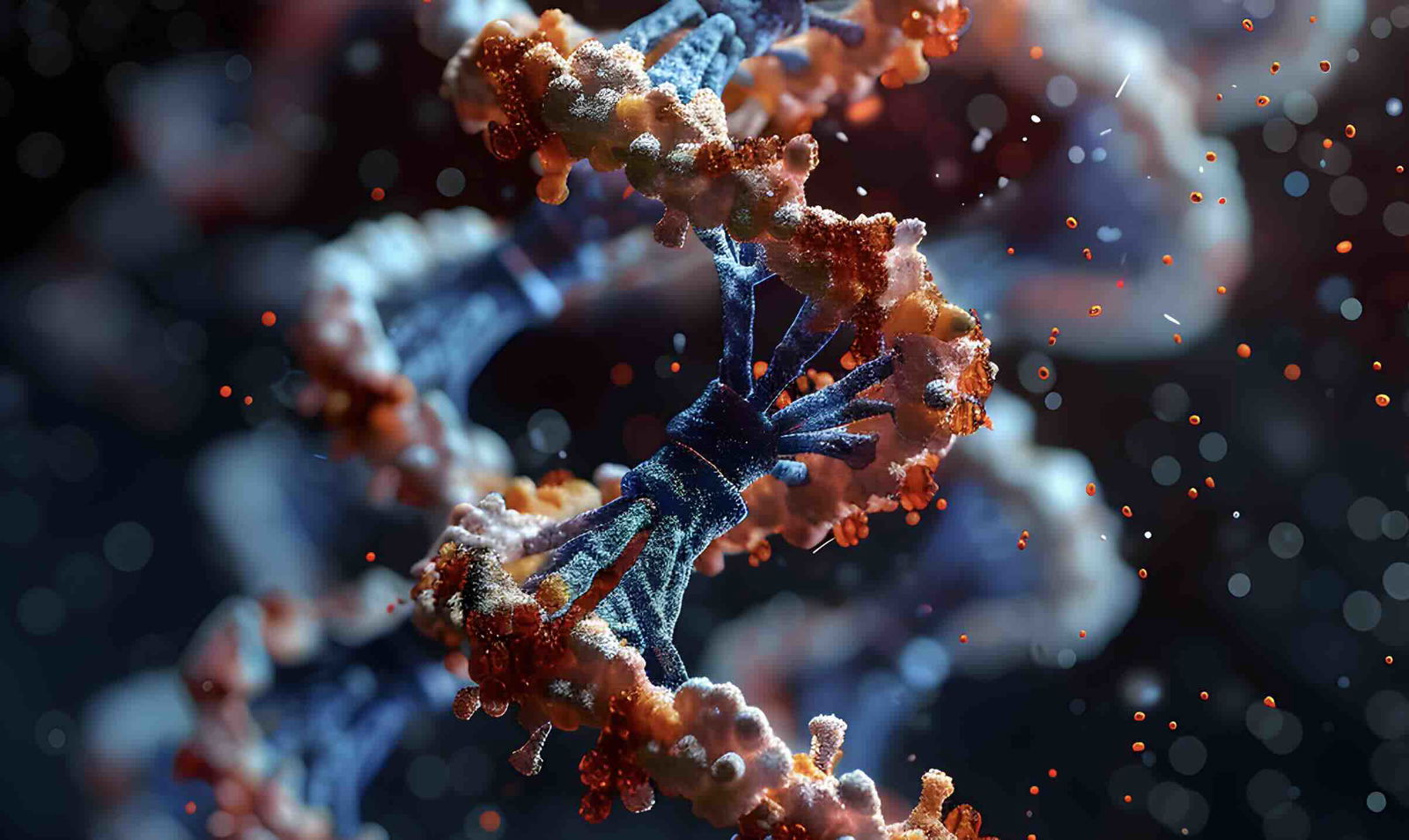Evidence of genetic behavior in bacteria that researchers liken to “alien biology” has reportedly left them in “disbelief” and suggests similar strange genes may even exist in humans.
The new discovery reveals that bacteria can create “temporary” free-floating genes apart from their chromosomes. These findings challenge our existing ideas about genomes, which are currently believed to contain all genetic instructions.
The discovery, made by researchers at Columbia University, also suggests that such unusual behavior may not be exclusive to bacteria and that similar extrachromosomal genes could exist in higher organisms. The discovery has potentially revolutionary implications for the fields of genetics and cellular biology.
Bacteria is Upending Past Ideas on Our Genetic Code
Scientists first deciphered the genetic code decades ago, and since then, conventional views about our genes have regarded them as a linear sequence of letters within our chromosomes. Our genes fundamentally guide the production of proteins in our bodies and play a significant role in influencing our health.
Now, new research led by Associate Professor Samuel Sternberg, an associate professor of biochemistry & molecular biology at the Vagelos College of Physicians and Surgeons, along with Stephen Tang, an MD/PhD student at the university’s medical school, is putting forth a radically new view on the dynamics of our genes. According to their research, significant genetic information existing outside of the genome was observed in bacteria, a discovery that could cause us to have to rethink our understanding of genetics, as well as how new gene-editing technologies can work.
Bacteria with Free-Floating Genes
In their research, the team examined a bacterial defense system that possesses an RNA molecule and a reverse transcriptase enzyme, which synthesizes DNA from an RNA template.
During their research, Sternberg and Tang made a remarkable discovery: the reverse transcriptase appears to generate a repetitive DNA molecule from a looped portion of the RNA. Sternberg and Tang initially thought this might be an error that essentially produced a useless “junk” byproduct of the enzyme.
However, on closer investigation of the seemingly meaningless DNA molecule, the researchers discovered that it was a fully functioning gene, albeit a free-floating one, which plays a critical role in the bacteria’s antiviral defense.
Identifying the “Neo” Gene
The researchers dubbed this bizarre free-floating gene “Neo,” and further studies revealed that it appears to produce coding for a protein that prevents viral replication, thereby stopping the infection of neighboring cells.
The discovery that crucial genetic information is capable of existing outside the genome in a free-floating form is of key significance since this challenges existing views on chromosomes, which have long been believed to be the only repositories for genetic instructions. This has remarkable implications and potentially extends well beyond simple bacteria. If higher organisms like humans are also capable of producing extrachromosomal genes, the research potentials would be immense and could potentially require us to revise our understanding of genetic science.
“What this discovery upends is the notion that the chromosome has the complete set of instructions that cells use to produce proteins,” Sternberg said in a statement.
“We now know that, at least in bacteria, there can be other instructions not preserved in the genome that are nonetheless essential for cell survival.”
The Search for Extrachromosomal Genes
Following their discovery, Sternberg and his team have begun using the techniques they developed in their recent study to extend the search for extrachromosomal genes to higher organisms.
If similar discoveries are made with human genes, it could have profound implications for genetic science, particularly involving new advancements in gene-editing technologies. In recent years, CRISPR has already brought revolutionary new insights to gene editing, although there are still some limitations. However, Sternberg and his team say that the reverse transcriptase enzyme responsible for the “Neo” gene possesses unique properties that could potentially help facilitate new genome editing capabilities, leading to new varieties of gene therapy.
Further studies involving bacteria may also reveal previously unknown reverse transcriptases, which may help researchers develop a range of innovative new biotechnological applications.
For Tang, the discovery of what he likens to “alien biology” was remarkable, and exceeded all his expectations.
“It repeatedly left us in disbelief,” Tang recently said, “and we went from doubt to amazement as the mechanism gradually came into view.”
“Our work highlights an elegant expansion of genome coding potential through RNA-templated gene creation,” the research team writes in a recent study outlining their incredible findings, “and challenges conventional paradigms of genetic information encoded along the one-dimensional axis of genomic DNA.”
Going forward, Sternberg says that further studies will likely reveal a host of new opportunities for genetic science in the years ahead.
“We think bacteria may have a treasure trove of reverse transcriptases,” Sternberg said, “that could be opportune starting points for new technologies once we understand how they work.”
Sternberg and Tang’s new paper, “De novo gene synthesis by an antiviral reverse transcriptase,” was published in the journal Science on August 8, 2024.
Micah Hanks is the Editor-in-Chief and Co-Founder of The Debrief. He can be reached by email at micah@thedebrief.org. Follow his work at micahhanks.com and on X: @MicahHanks.

